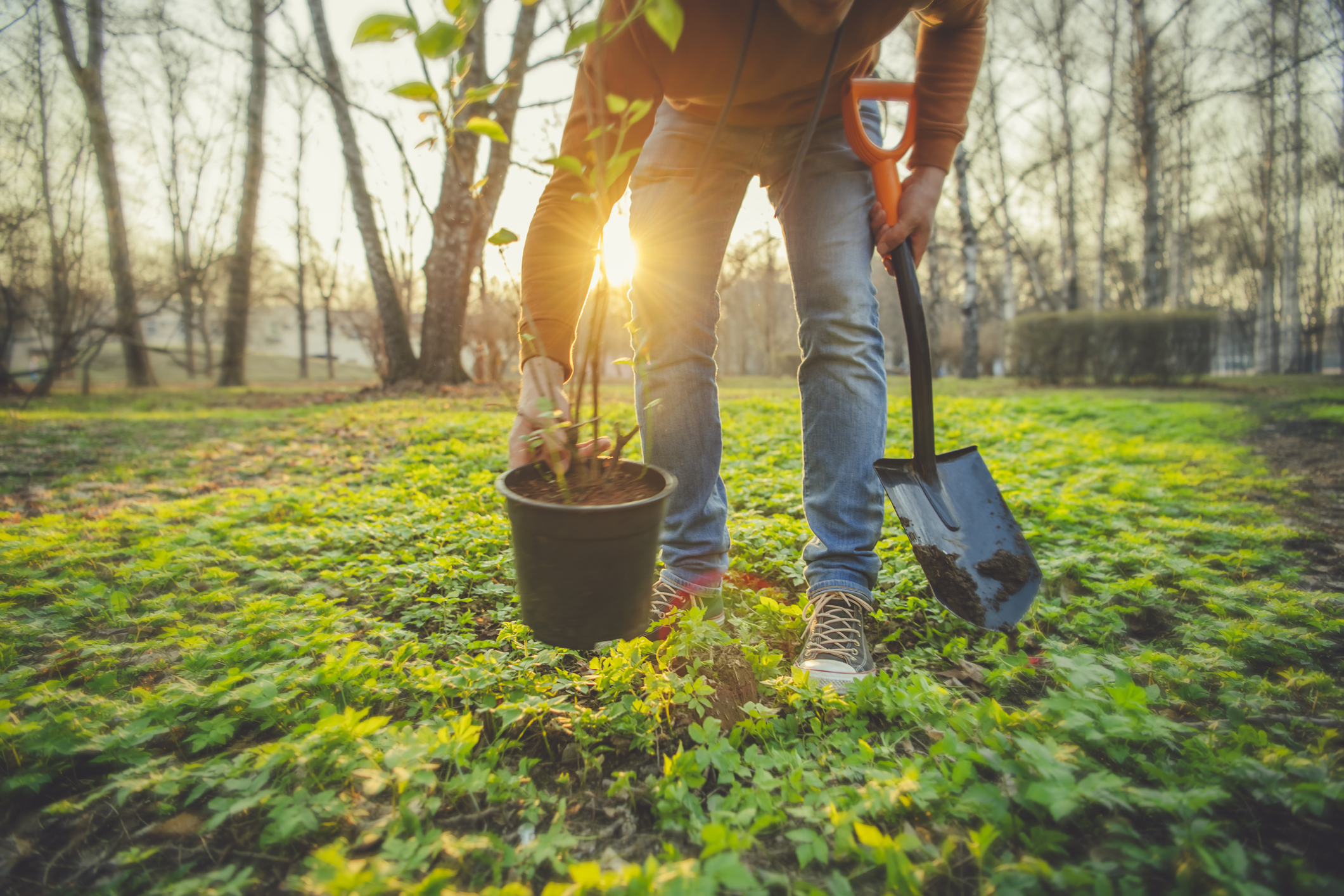
Spring is always a long-awaited time of year. But as Dmitry Volfson, DO, Chief of Urgent Care Medicine for CityMD, says, “As the days get longer, the weather is warmer, which leads to an increase in outdoor activities. While all are welcome after a long winter, springtime does bring along with it some common ailments as well.”
Below are some seasonal health complications and what you can do to prevent and treat them.
Illnesses
The COVID-19 pandemic is not over, and this year, more flu cases are showing up as well. To avoid both, Dr. Volfson says, “Wash and sanitize hands, and wear masks around people who may potentially be contagious.”
Over-the-counter cold and flu medications help treat mild symptoms but may not work for everyone. “If symptoms are not improving, you should be seen by a medical professional,” Dr. Volfson cautions. “Being evaluated for viral illnesses such as flu and COVID-19 is important, as we have therapeutics for both.”
Allergies
During spring, do you sneeze, have a runny or congested nose, or experience itchy or watery eyes? If yes, Summit Health nurse practitioner Deborah Shulgach, APN, advises to “begin taking an antihistamine daily about two weeks prior to the usual time your allergies begin.
“Most seasonal allergies improve by taking an over-the-counter antihistamine, but you may have to try a few different ones to find the one that works best for you,” she adds.
Another easy way to minimize environmental allergies is to leave your shoes at the door when you get home instead of tracking them throughout your house. "You could also take a shower at the end of your day to wash off any pollen that may be lingering on your hair," she explains.
CityMD's Abel Cherian, MD, adds, “Keep car and house windows closed, and use air conditioning instead. Wear a mask if you need to be outside.”
Gardening and Spring Cleaning
Dr. Cherian notes that gardening and spring cleaning have hidden dangers. These range from low back pain and muscle strains to skin infections and rashes to contracting Lyme disease. When planting in the yard or cleaning around the house, he recommends following a checklist to avoid injuries and illnesses:
- Invest in the right tool for the job, not a multipurpose one.
- Rotate your tasks and take breaks to avoid repetitive strains.
- Begin and end outdoor sessions with stretching.
- When lifting, keep your back straight, avoid bending, and rely on your legs.
- Wear thick, sturdy gloves, use kneepads to kneel, and wear a hat and sunscreen.
- Tuck your pants into your socks to avoid ticks, and check yourself before coming inside.
- Be up to date on your tetanus vaccine.
- Monitor young children and pets closely around plants.
- Watch for poison oak and poison ivy.
- Avoid harsh chemicals and fertilizers.
- Hydrate often.
- Ask for help with big tasks.
Sports Injuries
Summit Health's Steven Weinfeld, MD, an orthopedist specializing in the foot and ankle, says, “The most common injuries we see in the spring are related to patients returning to sporting activities after a somewhat sedentary winter. This return to running and other high-impact exercises can lead to overuse and stress injuries.”
Westmed Medical Group's Noah Chinitz, MD, who also specializes in foot and ankle orthopedics, agrees, noting that stress fractures and Achilles tendonitis are among the most common injuries.
“As people get back into more sports, I also see ankle sprains, Achilles ruptures, and fractures of the foot and ankle,” he says.
Both orthopedists recommend transitioning the “winter body” to the spring/summer one but doing so gradually. “Temper your outlook about what your body can do,” says Dr. Weinfeld. “Don't expect to go out and run five miles the first day after spending the last four months on the couch.” Taking a walk, going for a bike ride, or hiking a short, local trail are good places to start.
Regardless, as we know, "the best way to get back into shape is by eating well and exercising,” Dr. Chinitz says. "Aerobic activity is key and has been proven to reduce the risk of many conditions, including heart disease and high blood pressure. It also keeps your muscles strong, which helps maintain mobility as we age.”
To that end, both physicians recommend the following steps to get your body moving safely and effectively after a long winter:
- Start with lower-impact activity and shorter sessions, then work up gradually.
- Stretch before and after activity.
- Wear proper footwear.
- Avoid explosive push-off steps in basketball or tennis.
- Consult with a doctor before starting an unfamiliar regimen.
And if you do experience an injury or pain that doesn't go away, consult a physician, who may recommend the following:
- Physical therapy
- Bracing
- Anti-inflammatory medications
- Activity modification
